Fish with powder (also known as fermented fish, sour salted fish) is one of the famous dishes of Lap Thach district, Vinh Phuc province. During the winter-spring rice planting season, the water in the ponds gradually dries up, and local people will go catch fish to make food.
Initially, people used fermented fish to prolong the preservation and use time. Over time, this dish with its unique processing method became a specialty of the lowland region, attracting customers from all over to buy it.
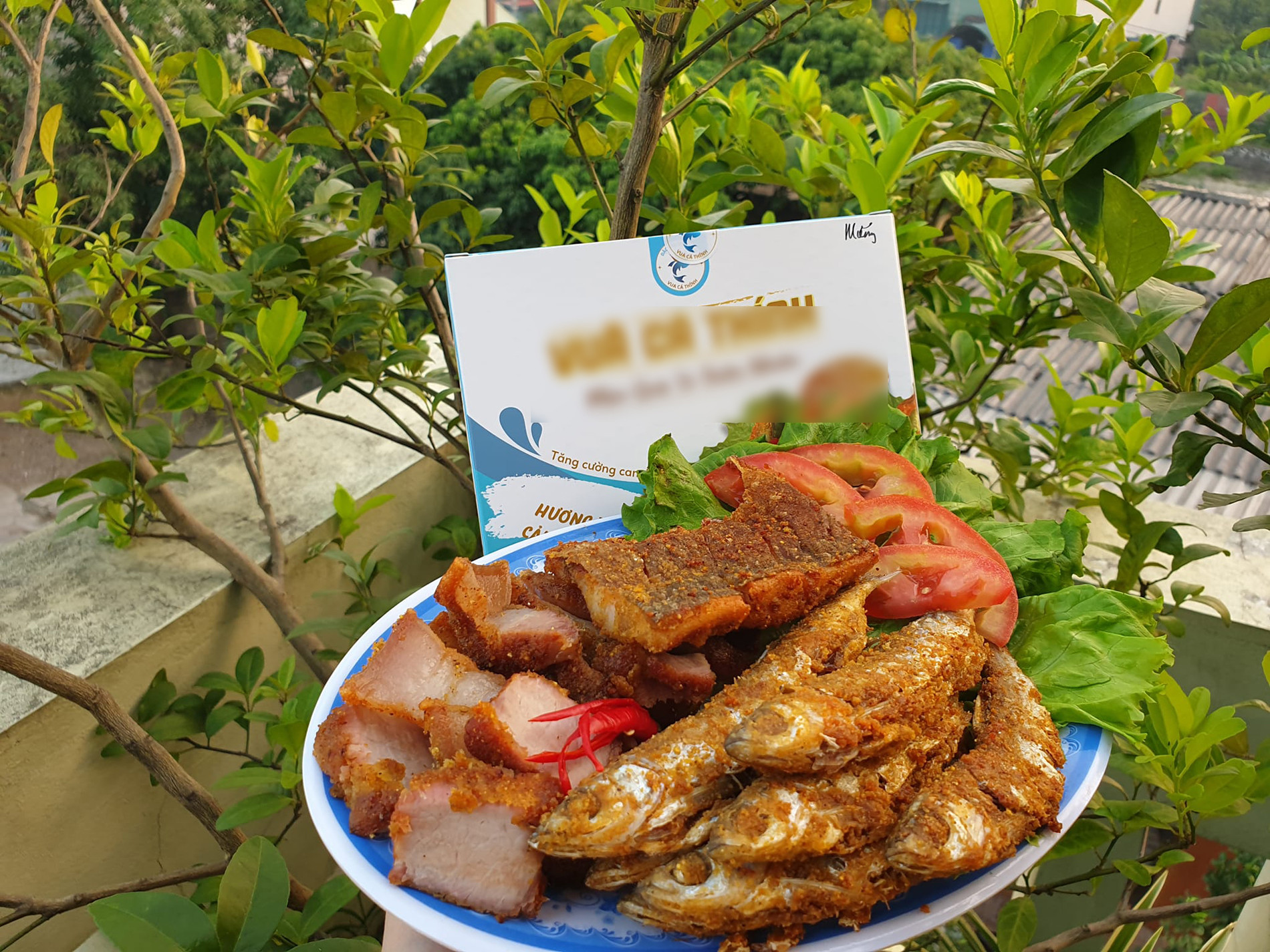
Ms. Hoa - owner of a fish processing facility in Lap Thach said that this dish is made from two simple, familiar ingredients: raw fish and rice bran.
However, “to make delicious and evenly cooked fish, you have to pay attention to many factors. In addition to the chef’s experience, the quality of the dish also depends on how to choose the ingredients,” she said.
According to Ms. Hoa, fermented fish must be carefully selected, only choosing fresh, large fish with thick meat and few small bones such as grass carp, common carp, etc. Smaller fish such as crucian carp and perch can also be used to make this dish but left whole, not cut into pieces.
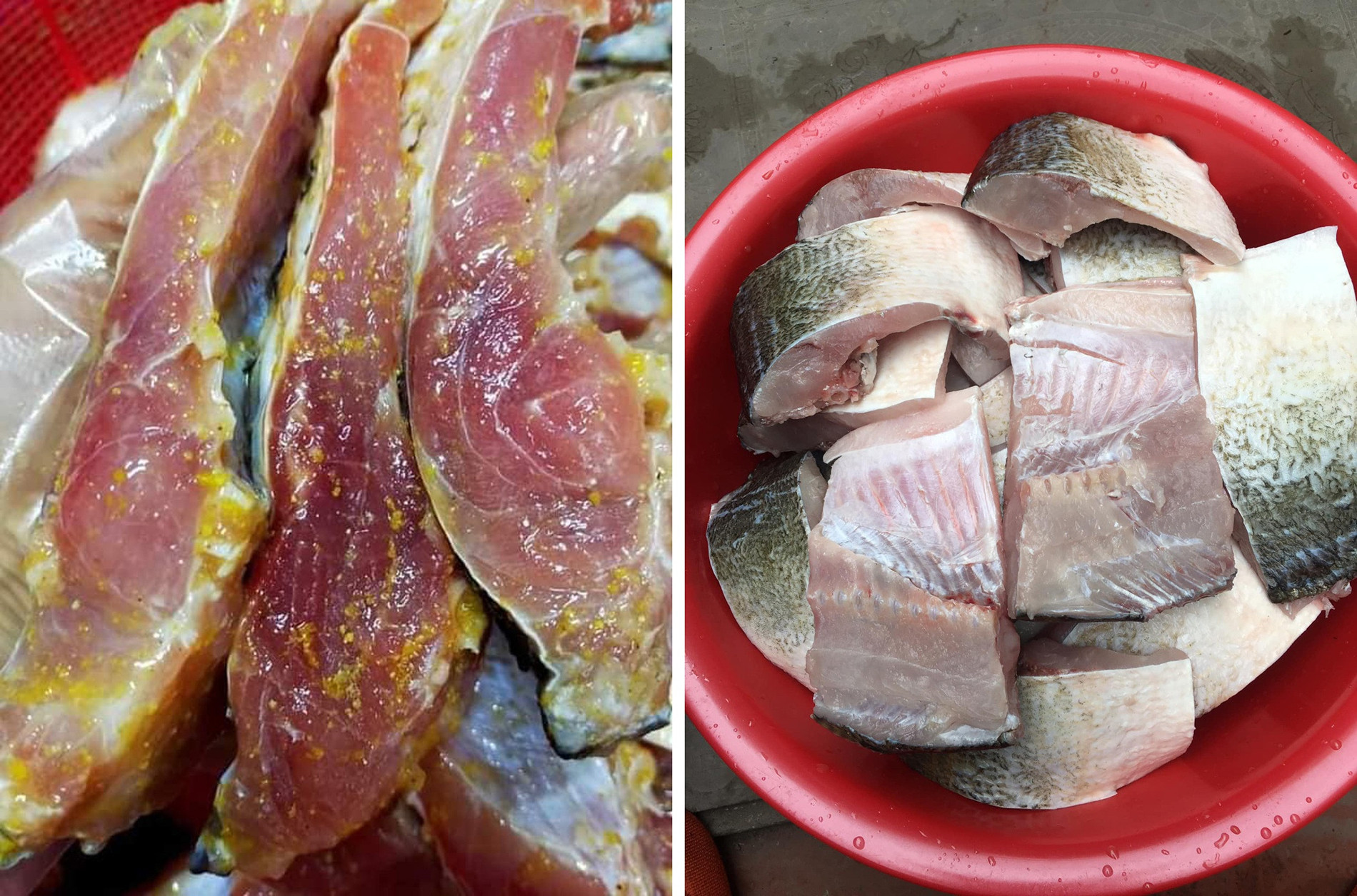
As for the rice bran, depending on the place, people use bran made from corn or rice. However, according to Ms. Hoa's experience, bran made from a mixture of corn and soybeans is more delicious and fragrant.
“After the ingredients are roasted until they are crispy and fragrant, pour them out to cool. During the roasting process, you need to keep the heat low and stir constantly to avoid burning the rice and beans.
In particular, the mixture is crushed into tiny particles, not ground into powder. This method helps prevent the rice bran from sticking to the fish. The fish also remains dry, ensuring the meat is firmer, not fishy or watery,” Ms. Hoa added.
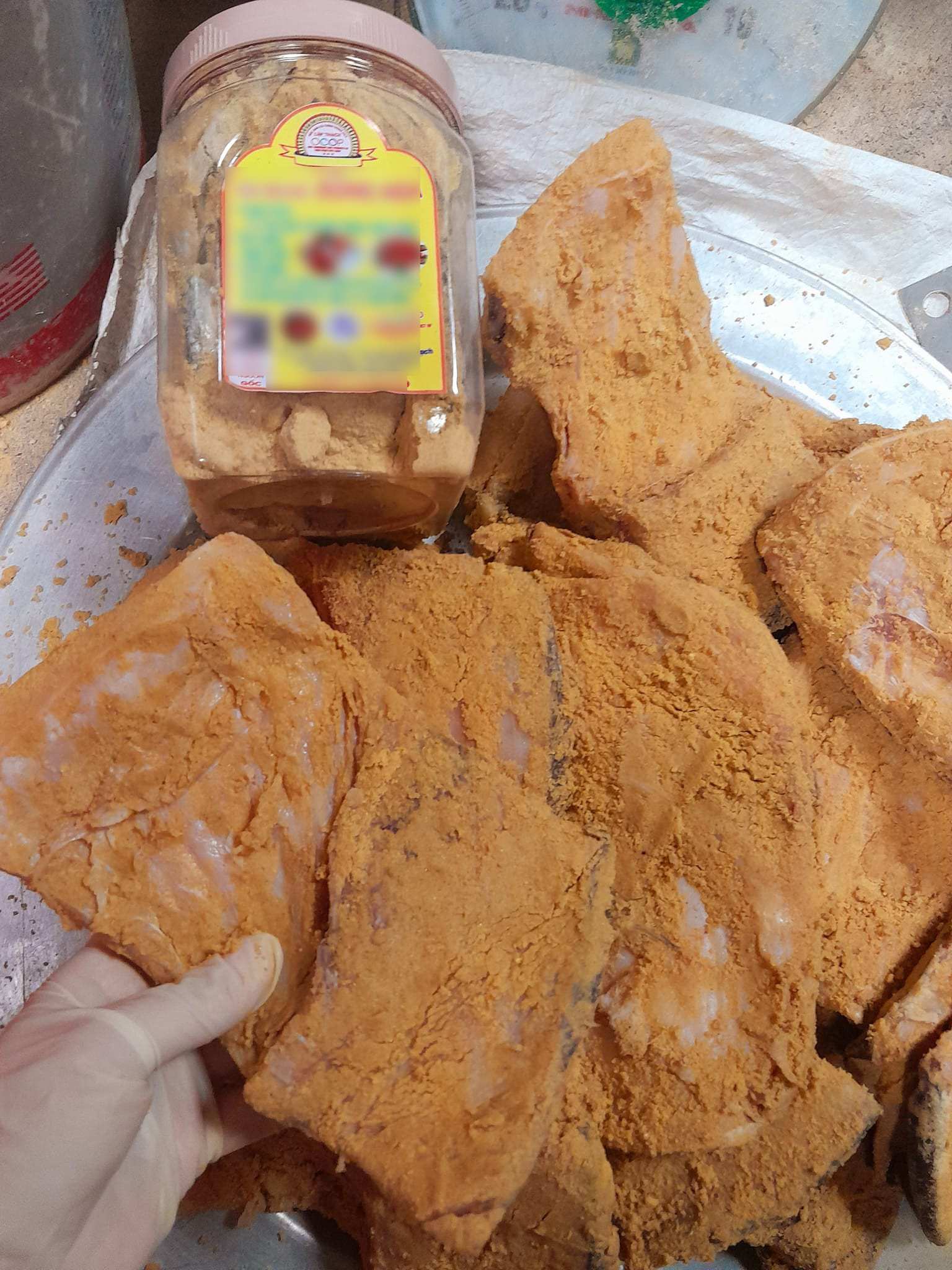 |  |
After preparing the ingredients, people start processing. Buy fish, keep the scales intact, remove the intestines, wash, and cut into pieces. The body is made with a few small cuts so that the spices can be marinated more evenly.
Next, the fish is salted. Depending on the season, the ratio of fish to salt is adjusted differently, the most common ratio is 10kg of fresh fish to 1.5kg of salt.
To let the fish absorb the salt evenly and ensure enough acidity, locals arrange the salted fish in glass jars or earthenware pots and leave them for 4 to 10 days (depending on temperature and weather).
Waiting for the fish to be salted to the right degree, people take it out and squeeze it hard to drain all the water. This method helps remove the fishy smell and slime, while reducing the saltiness, keeping the meat firmer so that when cooked, the fish has a rich flavor and is easy to eat.
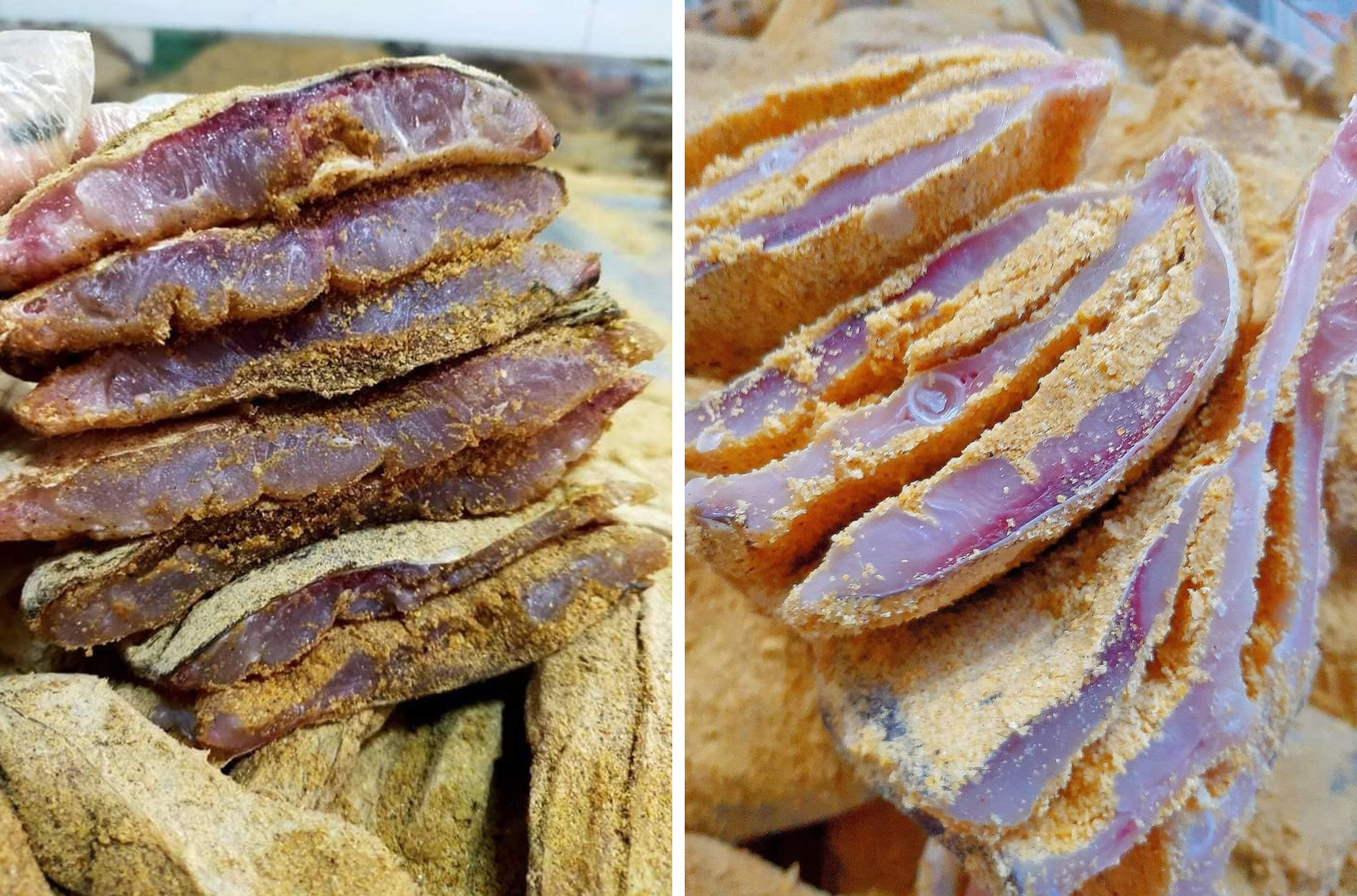
When the fish is dry and shriveled, people use rice bran to rub all over the fish so that the bran sticks from the inside out, creating a golden crust with an attractive aroma.
The fish marinated with rice bran is then carefully placed in a ceramic jar (pot, jar or pot), with each layer of fish being sprinkled with a layer of rice bran, until the jar is full. The top layer of rice bran must be very thick.
Depending on the habits of each region and taste of each person, local people also add guava leaves to the jar of fish marinated with rice bran to make the dish more delicious and attractive.
Some households also use clean, dry straw or areca spathe, cut into pieces that fit the mouth of the jar, then place them on top and fasten them tightly so that the fish can absorb the bait and ferment successfully.
Normally, it takes about 3-4 months to complete the fermented fish dish and ensure its quality. However, depending on weather conditions, the incubation time may be longer.
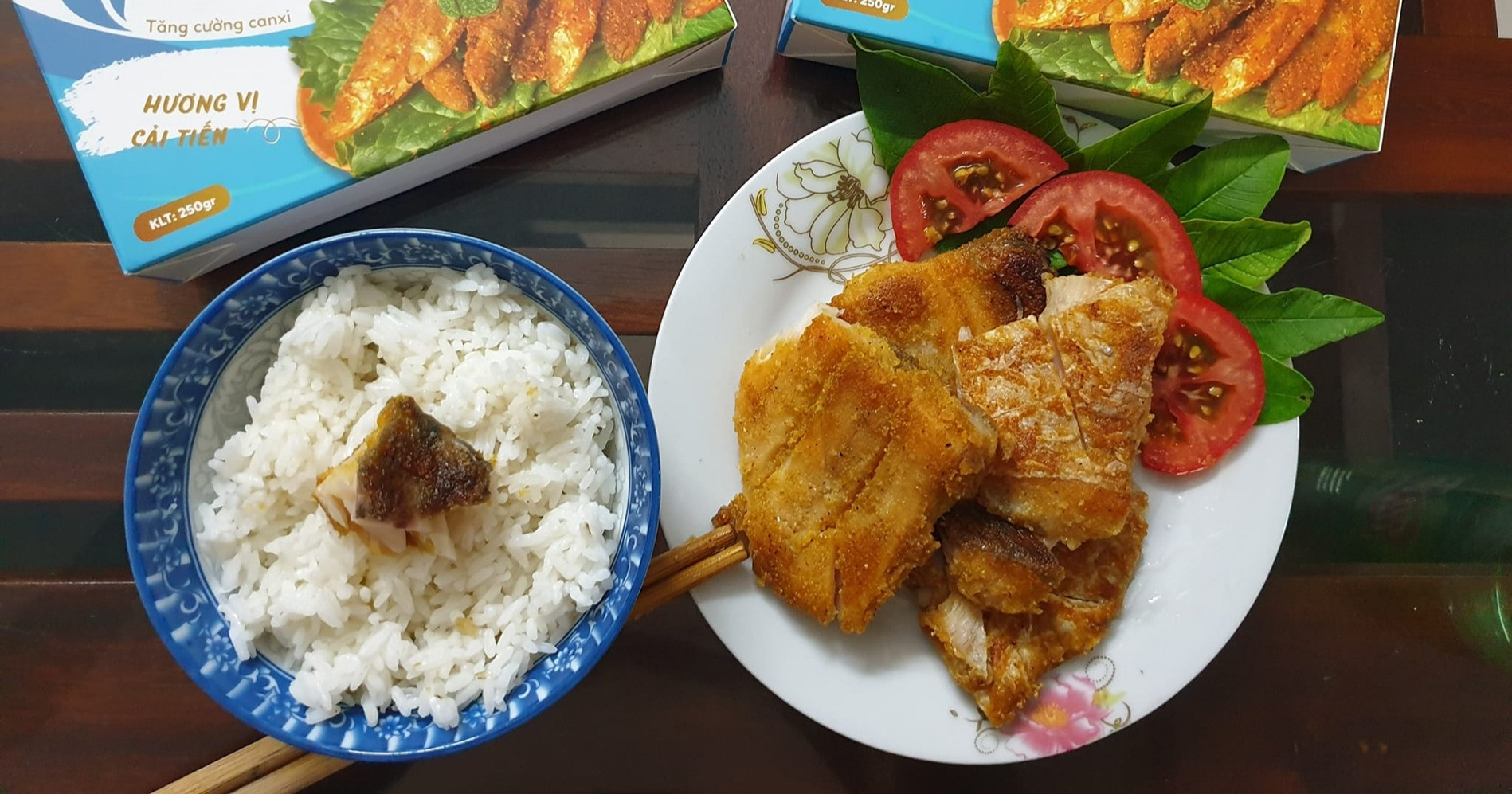
Fish sauce can be enjoyed immediately or processed into many dishes, but the most delicious and popular is grilled fish. Each piece of fish is clamped on a fresh bamboo stick and grilled over a charcoal stove until fragrant.
This dish is considered by locals to be "rice-consuming" and can be enjoyed at any time of the year. Because the fish has been marinated, there is no need to dip it in fish sauce. The flavor is rich and it is delicious when eaten with hot rice.
Diners who have eaten this dish commented that the fish meat is not dry like fish sauce, not mushy like fried fish or fresh fish. When removed, the fish meat will have a deep pink color, with a harmonious sour and salty taste that is easy to eat, pleasing even the most difficult customers.

Source: https://vietnamnet.vn/dac-san-ca-thinh-lap-thach-o-vinh-phuc-khach-kho-tinh-cung-khen-ngon-2330824.html



![[Photo] Prime Minister Pham Minh Chinh meets with Speaker of the Hungarian National Assembly Kover Laszlo](https://vphoto.vietnam.vn/thumb/1200x675/vietnam/resource/IMAGE/2025/10/20/1760970413415_dsc-8111-jpg.webp)

![[Photo] National Assembly Chairman Tran Thanh Man holds talks with Hungarian National Assembly Chairman Kover Laszlo](https://vphoto.vietnam.vn/thumb/1200x675/vietnam/resource/IMAGE/2025/10/20/1760952711347_ndo_br_bnd-1603-jpg.webp)
![[Photo] Solemn opening of the 10th Session, 15th National Assembly](https://vphoto.vietnam.vn/thumb/1200x675/vietnam/resource/IMAGE/2025/10/20/1760937111622_ndo_br_1-202-jpg.webp)
![[Photo] Chairman of the Hungarian Parliament visits President Ho Chi Minh's Mausoleum](https://vphoto.vietnam.vn/thumb/1200x675/vietnam/resource/IMAGE/2025/10/20/1760941009023_ndo_br_hungary-jpg.webp)
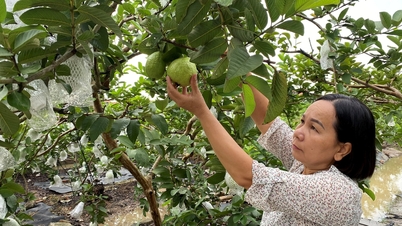










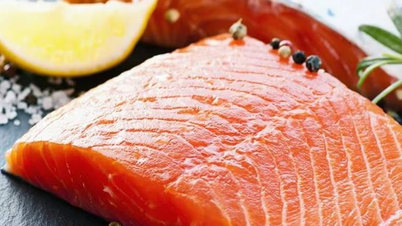

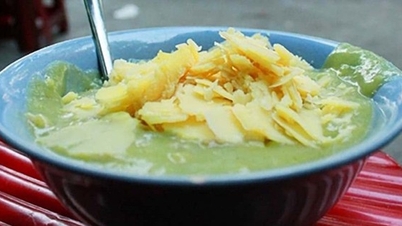















![[Photo] The Steering Committee of the 2025 Fall Fair checks the progress of the organization](https://vphoto.vietnam.vn/thumb/1200x675/vietnam/resource/IMAGE/2025/10/20/1760918203241_nam-5371-jpg.webp)









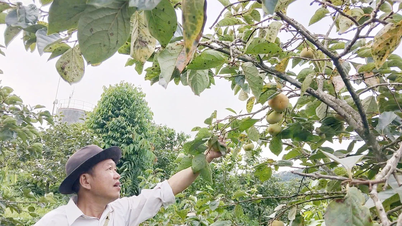





















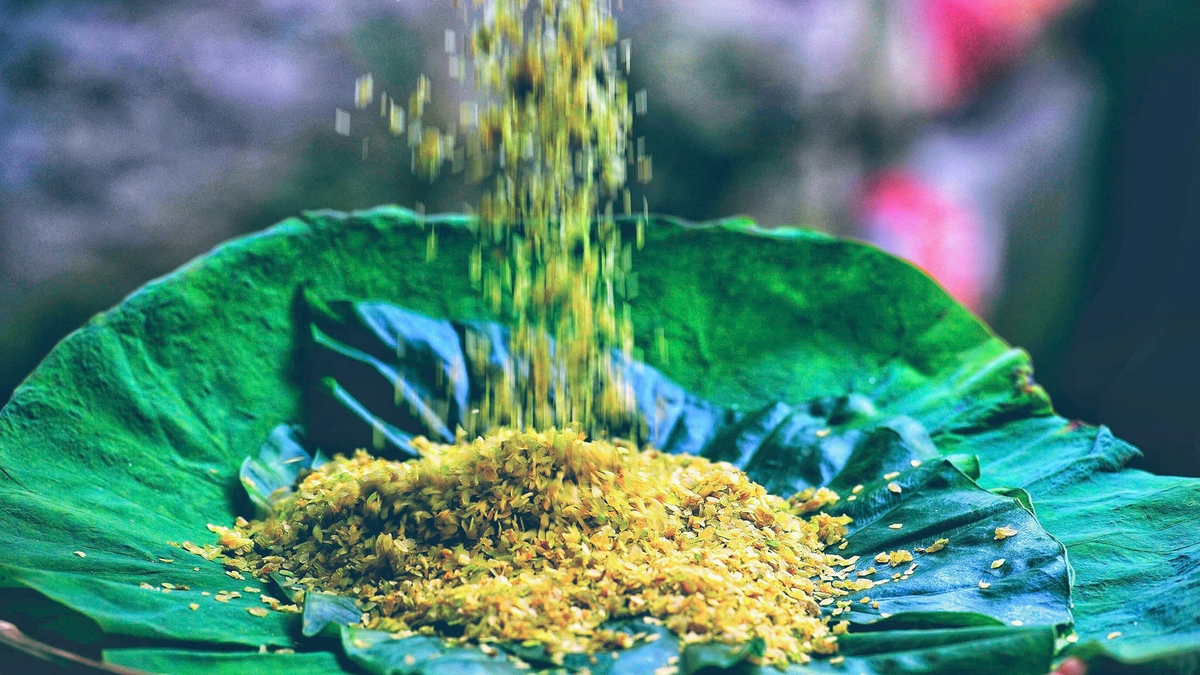








































Comment (0)